Adjuster Strategies for Tackling Well Pump Claims
The following article on “Adjuster strategies for tackling well pump claims,” written by Jay Dykstra of HVACi and StrikeCheck, was originally published on Property Casualty 360.
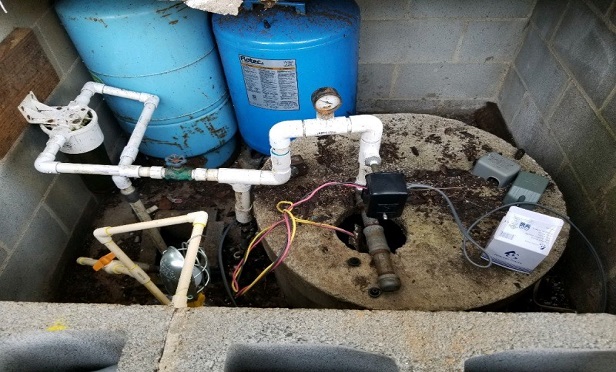 Several factors determine what type of well pump a policyholder requires, but it usually depends on the depth of the water supply and the gallons needed per hour. Pictured here are a submersible pump and tanks.
Several factors determine what type of well pump a policyholder requires, but it usually depends on the depth of the water supply and the gallons needed per hour. Pictured here are a submersible pump and tanks.
Your policyholders require a steady water supply inside their homes, particularly when they are spending more time at their residences and handwashing is extra essential. In areas where municipal water supplies aren’t available, well pumps move water from a nearby well to the home’s plumbing system.
Your insureds likely aren’t thinking about their water pumps until something isn’t working correctly. These strategies will help make settling water pump claims easier, faster and less costly to get the water flowing again.
Know the well pump type
The type of well pump a policyholder has usually depends on the depth of the water supply, gallons per hour needed, and pounds per square inch rating. It’s important insurance professionals are aware of why that could influence how easy the pump will be to evaluate or why certain damages may have occurred when investigating a well pump claim.
Shallow well jet pumps
Shallow well jet pumps (Photo 1) pull water from wells with a depth of 25 feet or less. What makes these different is that the pump sits above ground, which makes maintenance and repairs easier. An electric motor powers an impeller that moves water from the well through the jet, which speeds up the water. They have low power usage and are reliable, with an estimated lifespan of 10 years.
The most common shallow well pump is a single drop, which is housed above the well and has a one-way check valve. An impeller motor creates the suction to keep the water moving quickly through the pipe to get more from the well.
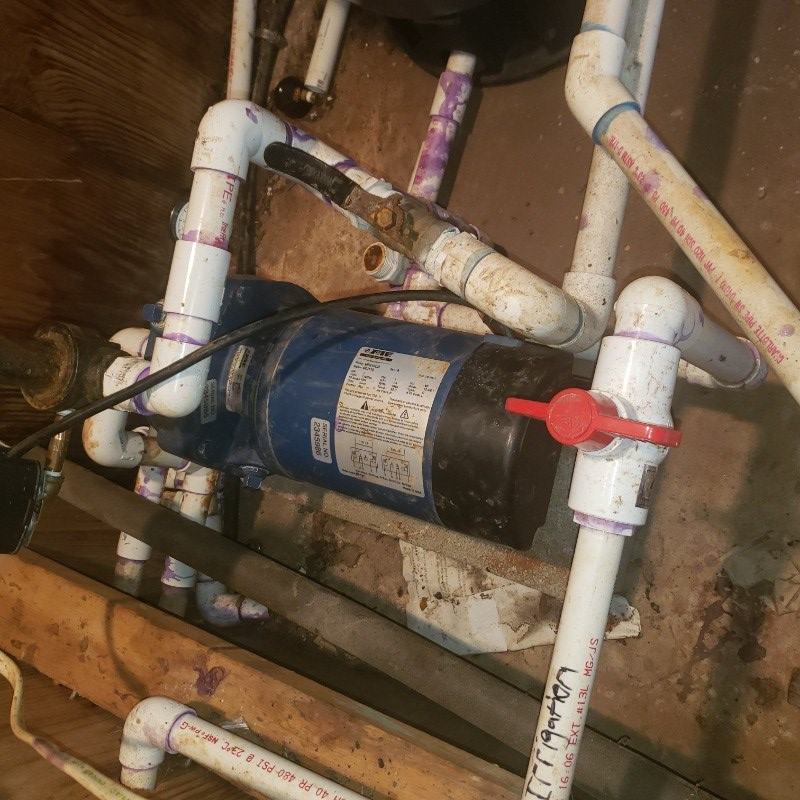
Convertible jet pumps
Convertible jet pumps (Photo 2) use two pipes — one to draw water and another to push it upward — to increase water pressure. This pump is better for water depths of 25-100 feet. If used in a shallower area, sediment or silt may be pulled in because of the pump’s strength.
One form of a convertible jet pump is the double drop pump. The jet assembly is underwater, while the impeller motor is above. This helps draw additional water to overcome the distance. Having the jet assembly in the water source creates more water pressure, which means less suction or air pressure is needed to drive the water through.
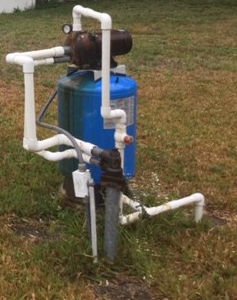
Submersible well pump
The most common type found at residential properties is the submersible well pump (Photo 3) because it’s more efficient than jet well pumps since it pushes water out rather than pulling it through. They are used for depths of 25-400 feet or more and, as the name implies, are located at the bottom of the deep well. A benefit of these types of pumps is that they can work for nearly 15 years without replacement, though maintenance is more complicated and expensive.
A submersible well pump is a long metal cylinder that’s completely underwater. The motor runs several impellers that push the water up the pipe and into a storage tank at the surface.
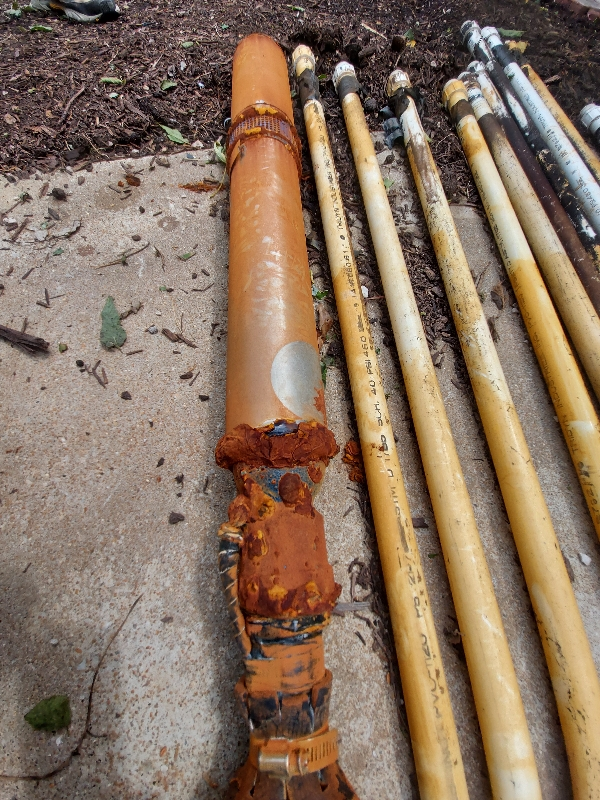
Common indicators of well pump damage
Residents using well water have a water system with two major components — the pump that draws water from the well and the pressure tank that stores it and regulates water pressure. Getting to the well pump may require physically removing it from the bottom of the well, which can be an expensive job that may not be necessary. Insurance professionals shouldn’t jump to this decision first.
Indicators of damage to the well tank or well pump include little or no water coming from a faucet; water being cloudy or discolored; the pump working intermittently or not turning off; low water pressure; or increasing electric bills.
Water pumps run on electrical motors, and when a water pump isn’t working, it could result in lower water pressure. This could mean something is clogging the pipe leading to the pressure switch, making it unable to sense the pressure accurately.
Cloudy water could mean the pump isn’t able to filter out silt because the well screen could be degraded or that the pump may be too strong and is pulling extra sediment from the aquifer.
Electric bill increases could mean a lot of things, but they may occur if your water pump is constantly running. This could indicate a pump is blocked and is working harder than usual, that the pressure switch is damaged, or that the well pump is unable to draw water from the well to fill the pressure tank. The pump or motor could also be degraded and failing mechanically from wear and tear.
Verify that the components aren’t damaged
Other testing can take place before a well pump, particularly a submersible one, must be pulled. This will ensure the damage wasn’t caused to a different component and resulted in similar outcomes. Components that sustain damage and could cause consequences linked with a well pump include:
- Electrical panel: Confirm the circuit for the pressure tank and well pump is energized and at proper values. If resetting it doesn’t work, consider checking additional components.
- Control box: Verify voltage is properly entering and leaving the control box and that there is no burned wiring. Tests can be performed on wires going into a submersible pump before pulling it. If testing shows a lack of proper continuity, the pump and wiring will likely need to be pulled to determine if the wiring and/or the pump are damaged and require replacement.
- Pressure tank: Spitting faucets (Photo 4) or a clicking sound may mean a leaking tank, which would also be shown in a water pressure test. If the water pressure test is reading correctly, the problem is likely related to the home’s plumbing. If there is no pressure, damage may be to the well pump, pressure tank or pressure switch.
- Pressure switch: There are multiple items to check on the pressure switch to ensure it’s not malfunctioning. First, check the wiring and make sure all connections are in good condition, aren’t loose or corroded, and that power getting to the switch. Next, check the contactors to ensure they are clean and free from damage. Use sandpaper, a small file or a small wire brush to clean contacts. Lastly, make sure the water feeder tube is in good condition and not clogged with sediment or corrosion. If all these items are fine and the pressure switch is still not working, the policyholder likely needs a new pressure switch.
- Plumbing or the well: Discolored water, low water, flooding or the pump running constantly could be signs that the well, water supply, or pipes have a problem and not the pump. A damaged well could require a new well to be drilled; though, the average lifespan for a well is 30-50 years.
If all these components check out, a submersible well pump can be pulled to complete further testing to verify the cause of loss and identify steps for returning the policyholder’s water system to pre-loss condition.
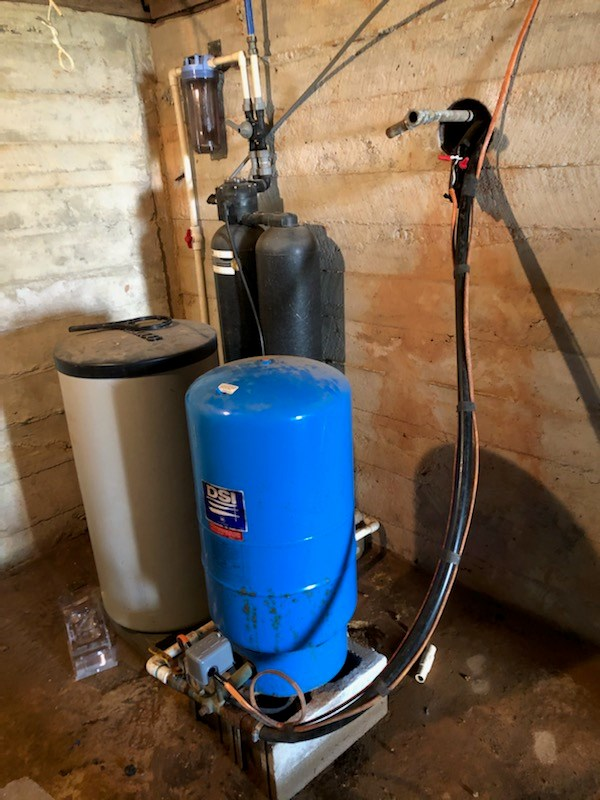
Adjusters shouldn’t settle for a new well pump or agree to pulling up a submersible pump without confirming damage hasn’t occurred to another component. Having a third-party assessor evaluate all the equipment may help obtain a more accurate diagnosis and claim outcome as well as get the water system back up and running as quickly as possible.
